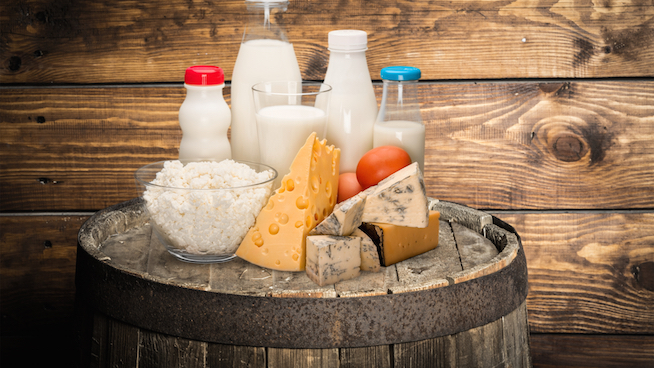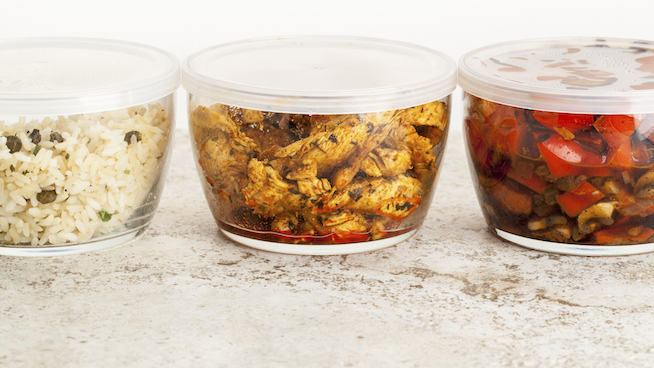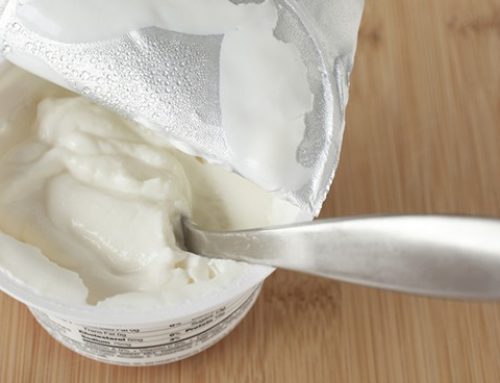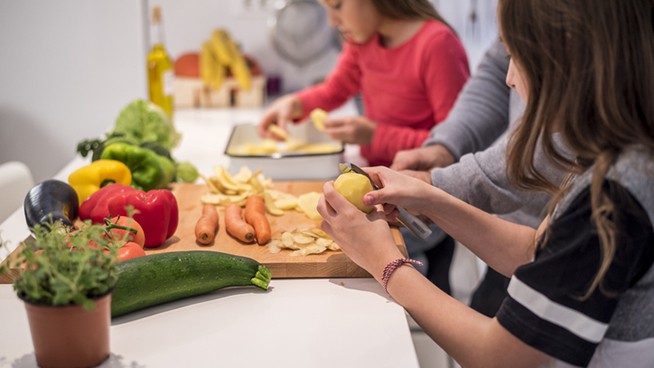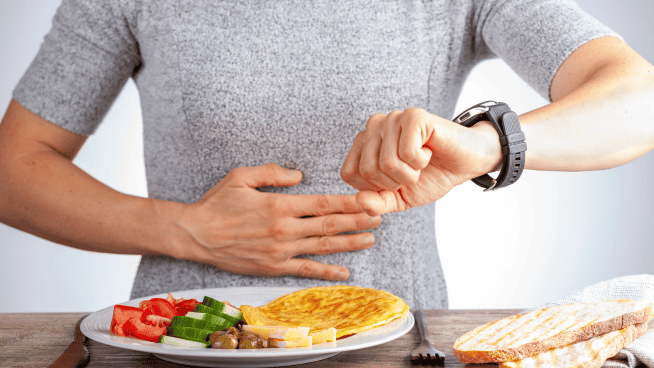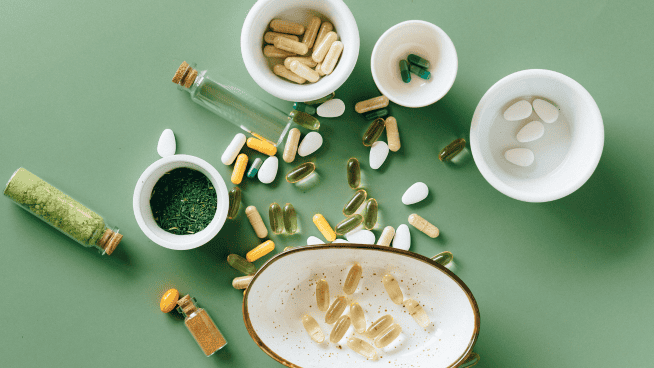Dishing up Pizza the Healthy Way
Ordering out for pizza is a nice break from cooking, but it’s not something you want to do more than once a week. The delivery version can really pile on the calories, saturated fat, and sodium.
Next time you’re in the mood for pizza, try making one at home using healthy ingredients. Here are some suggestions to help you get started.
The Base
Whole wheat is lower in glycemic index and higher in fiber than the typical white pizza crust. You can make your own crust with whole-wheat flour or use whole-wheat English muffins, sandwich rounds, pita, or bagel thins.
For snacks, cut eggplant or zucchini into rounds to make a healthy base for your toppings.
The Sauce
If you’re using a store-bought sauce, compare a few brands and use the one that’s lowest in sugar and sodium. Or try using low-sodium diced tomatoes for a nice texture and no added preservatives. You can either buy them canned or chop up fresh tomatoes and add a sprinkle of salt and basil.
Pesto is another healthy option—flavorful and full of omega 3 fats from the olive oil base. You can make it yourself or buy it pre-made. Just check the label to make sure there are no additives. You only need four or five ingredients—olive oil; an herb, green or pepper; walnuts or pine nuts; garlic; and maybe some parmesan cheese—to make a good pesto.
Avoid using creamy white sauces like alfredo because they are usually high in saturated fat. Plain yogurt is a healthier substitute.
The Cheese
High in protein and calcium, cheese does provide certain health benefits, but it can be high in sodium and saturated fats. Avoid processed cheeses like pre-sliced or string cheeses that contain preservatives. Try a cheese with more flavor, such as sharp cheddar, feta or goat cheese versus mozzarella or mild cheddar—so you can use less. Low-fat cheese made from 1 percent or skim milk is the best option.
The Toppings
Whenever possible, load up on vegetables. My favorite veggie toppings are spinach, broccoli, green pepper, and onions.
Add a serving of protein to help keep you satisfied longer. Chicken, turkey or tofu are your best bets. Red meat and pork are higher in sodium and saturated fats. Turkey sausage and turkey pepperoni are leaner than beef or pork versions, but they are still high in sodium.
Check out these articles for more help choosing a healthy pizza:
RECOMMENDED FOR YOU
MOST POPULAR
Dishing up Pizza the Healthy Way
Ordering out for pizza is a nice break from cooking, but it’s not something you want to do more than once a week. The delivery version can really pile on the calories, saturated fat, and sodium.
Next time you’re in the mood for pizza, try making one at home using healthy ingredients. Here are some suggestions to help you get started.
The Base
Whole wheat is lower in glycemic index and higher in fiber than the typical white pizza crust. You can make your own crust with whole-wheat flour or use whole-wheat English muffins, sandwich rounds, pita, or bagel thins.
For snacks, cut eggplant or zucchini into rounds to make a healthy base for your toppings.
The Sauce
If you’re using a store-bought sauce, compare a few brands and use the one that’s lowest in sugar and sodium. Or try using low-sodium diced tomatoes for a nice texture and no added preservatives. You can either buy them canned or chop up fresh tomatoes and add a sprinkle of salt and basil.
Pesto is another healthy option—flavorful and full of omega 3 fats from the olive oil base. You can make it yourself or buy it pre-made. Just check the label to make sure there are no additives. You only need four or five ingredients—olive oil; an herb, green or pepper; walnuts or pine nuts; garlic; and maybe some parmesan cheese—to make a good pesto.
Avoid using creamy white sauces like alfredo because they are usually high in saturated fat. Plain yogurt is a healthier substitute.
The Cheese
High in protein and calcium, cheese does provide certain health benefits, but it can be high in sodium and saturated fats. Avoid processed cheeses like pre-sliced or string cheeses that contain preservatives. Try a cheese with more flavor, such as sharp cheddar, feta or goat cheese versus mozzarella or mild cheddar—so you can use less. Low-fat cheese made from 1 percent or skim milk is the best option.
The Toppings
Whenever possible, load up on vegetables. My favorite veggie toppings are spinach, broccoli, green pepper, and onions.
Add a serving of protein to help keep you satisfied longer. Chicken, turkey or tofu are your best bets. Red meat and pork are higher in sodium and saturated fats. Turkey sausage and turkey pepperoni are leaner than beef or pork versions, but they are still high in sodium.
Check out these articles for more help choosing a healthy pizza:

